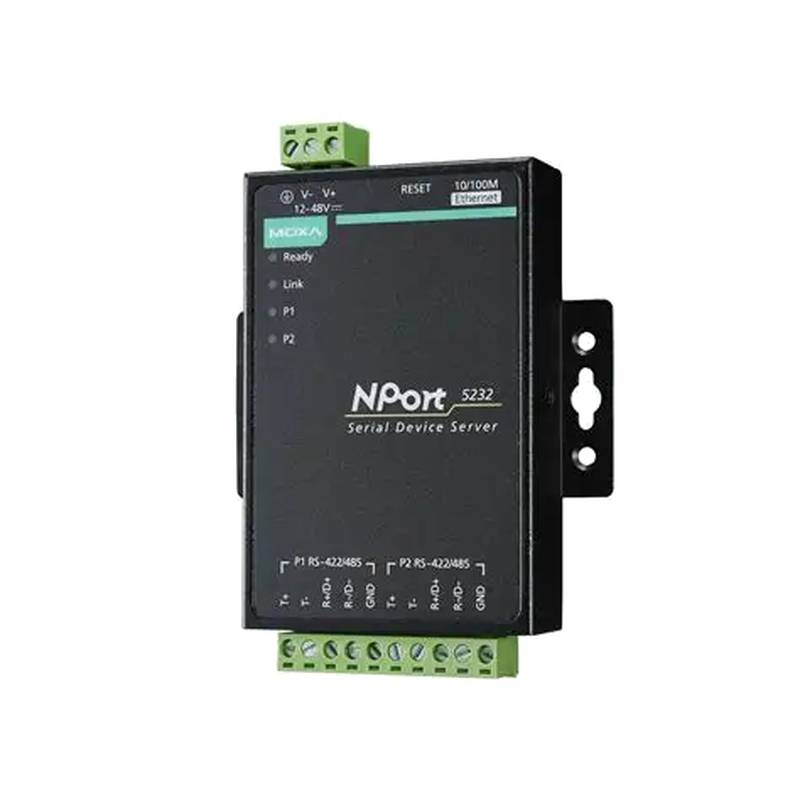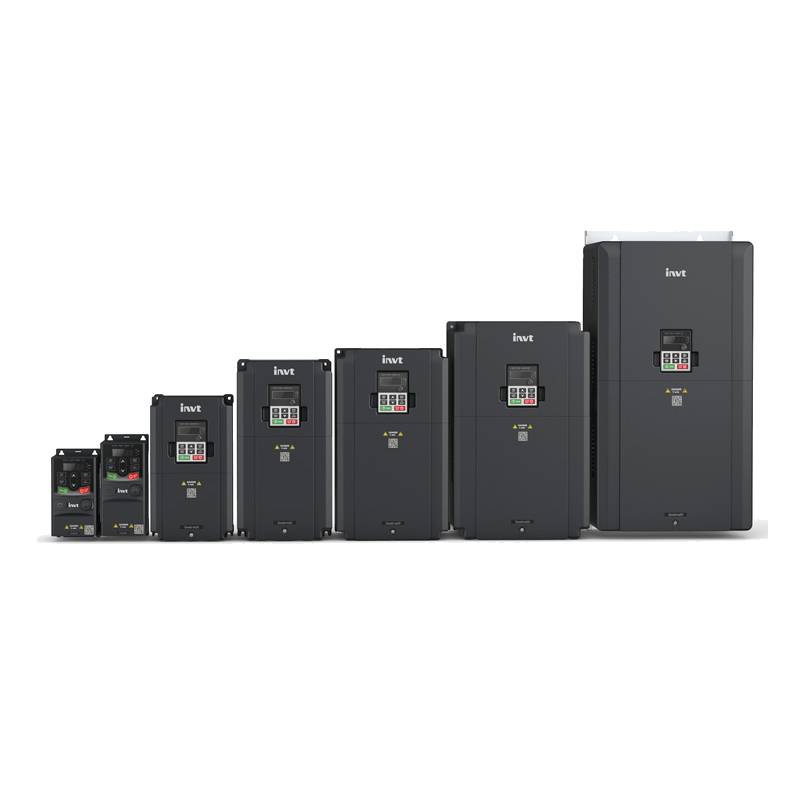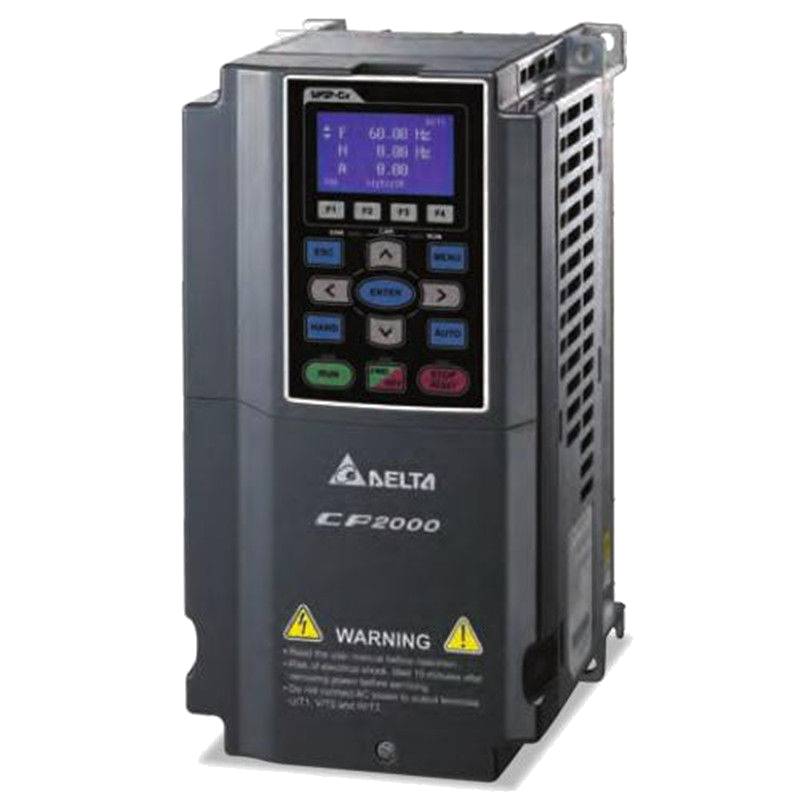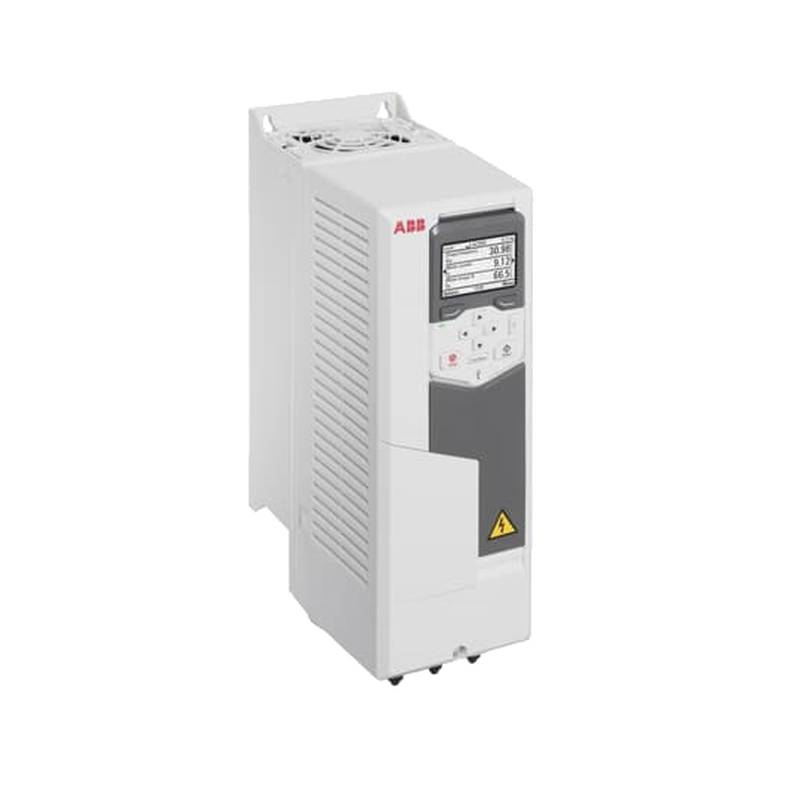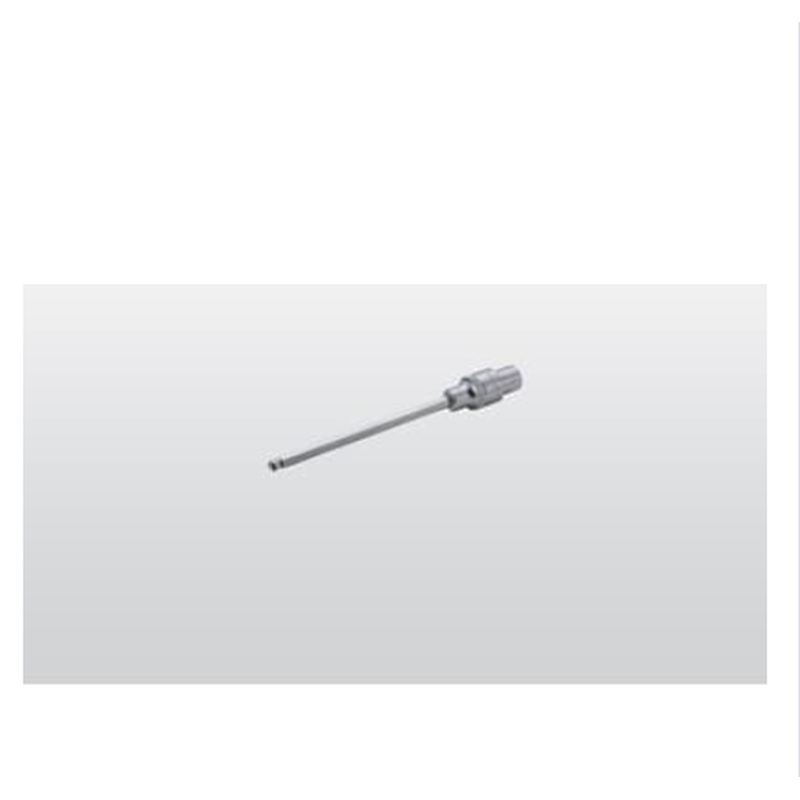
The Moxa NPort 5232 Industrial Serial Conversion Server stands as a robust solution for seamlessly integrating legacy serial devices into modern industrial Ethernet networks. This powerful device offers dual Ethernet ports, supporting redundant network connections for enhanced reliability in critical applications. With its support for RS-232, RS-422, and RS-485 serial interfaces, the NPort 5232 provides unparalleled flexibility for a wide range of industrial equipment. Its compact industrial design, wide operating temperature range, and robust housing ensure dependable operation in demanding environments. Key technical parameters include its support for 10/100 Mbps Ethernet speeds, a versatile power input range of 12-48 VDC, and adherence to industrial certifications. This guide delves into the NPort 5232's specifications, features, applications, and integration, providing an expert-level overview for industrial professionals.
Product Specifications
| Feature | Specification |
| :-------------------- | :------------------------------------------------ |
| Serial Ports | 2 x RS-232/422/485 ports |
| Ethernet Ports | 2 x 10/100BaseT(X) Ethernet ports |
| Serial Signal | RS-232, RS-422, RS-485 |
| Ethernet Speed | 10/100 Mbps |
| Power Input | 12-48 VDC |
| Operating Temperature | -40 to 75 °C (-40 to 167 °F) |
| Dimensions | 50 x 105 x 120 mm (1.97 x 4.13 x 4.72 in) |
| Mounting | DIN-rail, Wall mount |
| Protocols | TCP/IP, UDP, HTTP, DHCP, BootP, ARP, ICMP, Telnet |
| Management | Web Console, Telnet Console, Serial Console |
Core Features & Market Positioning
The Moxa NPort 5232 distinguishes itself in the industrial automation market through its combination of robust hardware and flexible software capabilities. Its dual Ethernet ports are a significant differentiator, enabling network redundancy through protocols like Moxa's patented Turbo Ring, minimizing downtime in critical operations. This feature positions the NPort 5232 as a reliable choice for applications where network availability is paramount. The device's ability to natively support three major serial interface standards (RS-232, RS-422, and RS-485) on each of its two ports offers exceptional versatility, allowing seamless integration of diverse legacy equipment without requiring complex protocol converters. Furthermore, Moxa's reputation for industrial-grade reliability and extensive technical support reinforces its market position as a trusted solution for demanding industrial environments.
Key Application Scenarios
The versatility of the Moxa NPort 5232 makes it indispensable across numerous industrial sectors. In manufacturing, it facilitates the connection of Programmable Logic Controllers (PLCs), sensors, and SCADA systems to the plant's Ethernet network, enabling real-time data acquisition and remote monitoring. For utility companies, the NPort 5232 is crucial for integrating remote terminal units (RTUs) and intelligent electronic devices (IEDs) in substations and power distribution networks, ensuring reliable communication for grid management. In the transportation sector, it can be employed to connect traffic control systems, railway signaling equipment, and passenger information displays to centralized management platforms. Its robust design also lends itself to harsh environments found in oil and gas exploration and mining operations, where it connects essential control and monitoring devices to supervisory systems.
Practical System Integration Guidance
Integrating the Moxa NPort 5232 into an industrial network is straightforward due to its user-friendly design and comprehensive management tools. Installation typically involves DIN-rail mounting or wall mounting using the provided brackets, ensuring a secure physical connection within control cabinets. Power is supplied via a wide-range DC input (12-48 VDC), simplifying power management in most industrial settings. For initial configuration, users can connect to the NPort 5232 via its serial console port or through its default IP address over Ethernet using a web browser or Telnet. Moxa's Windows utility, PComm Lite, can also be used for device discovery and configuration. When connecting serial devices, careful attention must be paid to the RS-485 wiring, particularly regarding termination resistors and bus biasing, to ensure signal integrity and prevent communication errors. The NPort 5232 supports various operating modes, including TCP Server, TCP Client, UDP, and Real Com modes, allowing users to select the most appropriate communication method based on their application requirements.
Operation and Risk Mitigation
Proper operation of the Moxa NPort 5232 ensures network stability and data integrity, minimizing operational risks. It is crucial to configure the serial port parameters (baud rate, data bits, parity, stop bits) to precisely match those of the connected serial device to avoid communication failures. For RS-485 multi-drop configurations, ensuring that only one device is transmitting at a time and that proper termination is applied is essential to prevent data collisions and signal reflections. The NPort 5232's dual Ethernet ports can be configured for network redundancy using protocols like Turbo Ring, which automatically switches to a backup link if the primary path fails, thereby mitigating the risk of network outages. Regular firmware updates from Moxa are recommended to patch security vulnerabilities and incorporate performance enhancements, further reducing operational risks. Monitoring the device's status through its web interface or SNMP can help proactively identify potential issues before they impact operations.
Scalability & Long-Term Value
The Moxa NPort 5232 offers significant scalability and long-term value within industrial automation systems. Its ability to connect up to two serial devices per unit means that as the number of serial devices requiring network integration grows, additional NPort 5232 units can be seamlessly added to the existing Ethernet infrastructure, providing a cost-effective expansion path. The NPort 5232 is designed to be compatible with a wide range of industrial protocols and is increasingly being integrated into Industrial Internet of Things (IIoT) architectures. By bridging serial data to Ethernet, it enables these legacy devices to participate in modern IIoT platforms, facilitating advanced analytics, predictive maintenance, and remote management capabilities. This integration with IIoT solutions ensures that investments in existing serial equipment are preserved while enabling them to leverage the benefits of digital transformation, thereby maximizing their long-term value.
Frequently Asked Questions
What is the primary function of the Moxa NPort 5232?
The Moxa NPort 5232's main purpose is to convert serial communication signals into Ethernet data. This allows older serial devices to connect and communicate over modern industrial networks. It acts as a bridge, enabling seamless data exchange between dissimilar communication protocols.
How do I configure the serial port settings on the NPort 5232?
Configuration is typically done via the web interface or console. Users must match the baud rate, data bits, parity, and stop bits to the connected serial device. Incorrect settings will result in communication errors and data loss.
What are the advantages of dual Ethernet ports on the NPort 5232?
Dual Ethernet ports enable network redundancy. This significantly enhances system reliability and uptime. If one network connection fails, the device can automatically switch to the other, preventing communication interruptions.
Can the NPort 5232 be used with RS-485 devices?
Yes, the NPort 5232 supports RS-485, along with RS-232 and RS-422. This provides broad compatibility with various industrial serial devices. Proper wiring and termination are critical for stable RS-485 communication.
What is the power supply requirement for the NPort 5232?
The NPort 5232 accepts a wide DC input voltage range, typically from 12 to 48 VDC. This flexibility makes it suitable for various industrial power systems. Ensure the power source is stable and within the specified range for optimal performance.
How does the NPort 5232 support network redundancy?
It supports protocols like Moxa's Turbo Ring or standard Spanning Tree Protocol (STP). These allow for automatic failover between the two Ethernet ports. This minimizes network downtime in case of a cable break or switch failure.
What industrial protocols does the NPort 5232 support?
It supports standard TCP/IP and UDP protocols for network communication. For serial side, it facilitates Modbus TCP, ASCII, and RTU communication. These enable integration with various industrial automation systems.
Is the NPort 5232 suitable for harsh industrial environments?
Yes, the NPort 5232 is designed for industrial use. It features a rugged metal housing and a wide operating temperature range, typically -40 to 75°C. This ensures reliable operation in demanding conditions.
How do I access the web interface for configuration?
Connect the NPort 5232 to your network and access it via its default IP address (e.g., 192.168.127.254) using a web browser. You may need to configure your computer's IP address to be on the same subnet.
What is the role of the NPort 5232 in IIoT applications?
The NPort 5232 bridges legacy serial devices to the IIoT ecosystem. It allows data from older machines to be collected and analyzed on cloud platforms. This enables modern analytics and remote management capabilities for existing assets.














